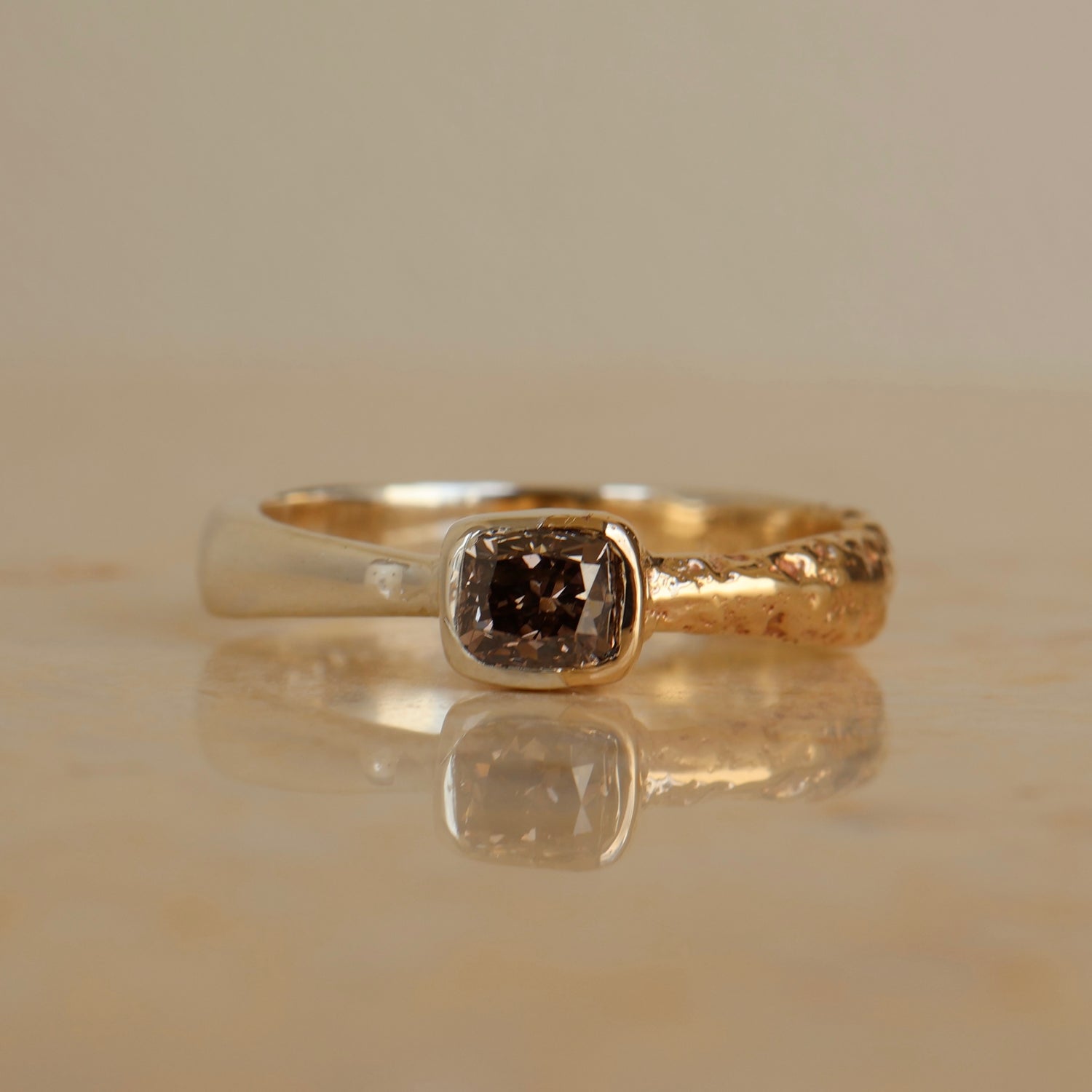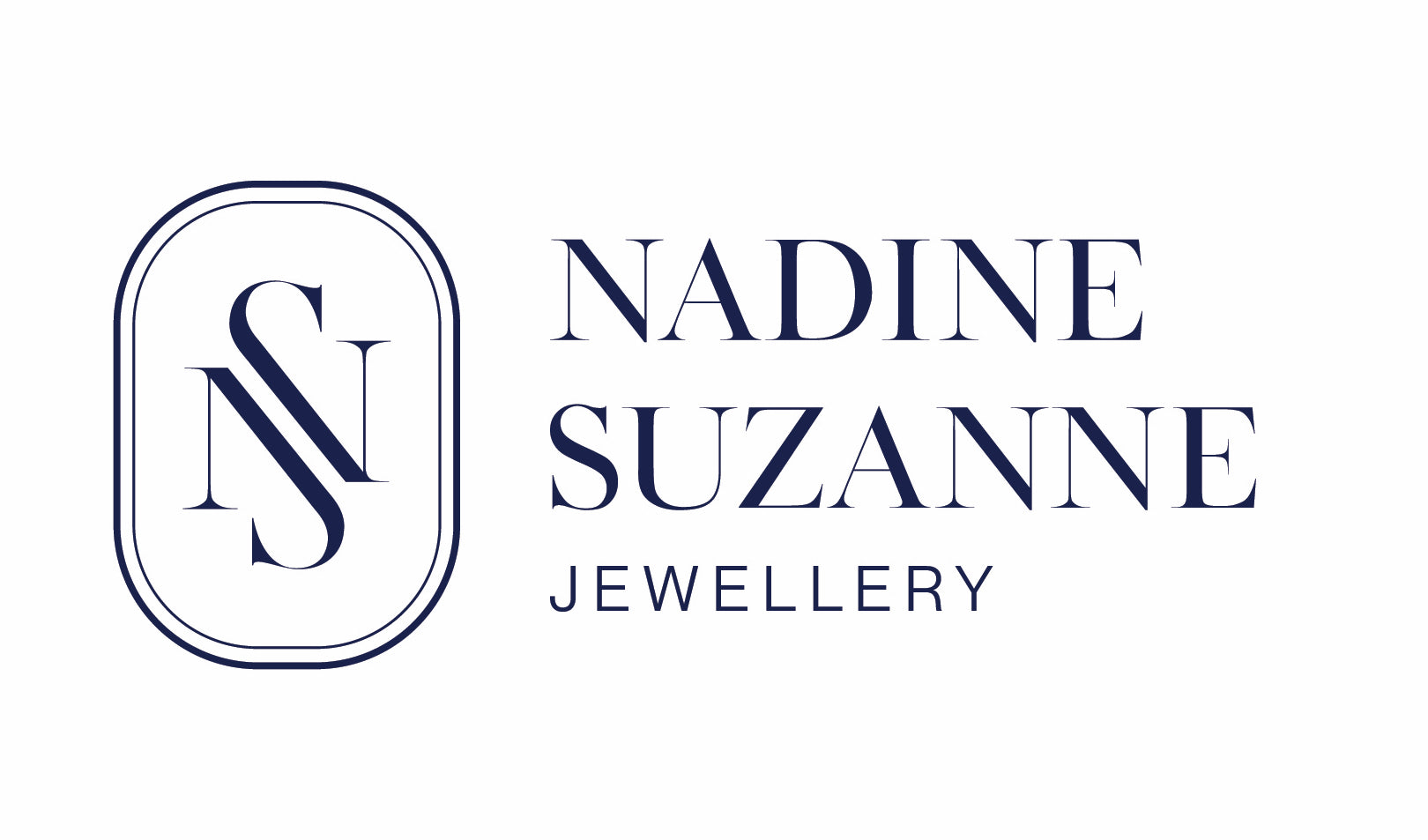Diamond Education
Guide to Choosing a Diamond: Understanding the 4 Cs and More
Buying a diamond is a significant and exciting decision, whether for an engagement ring, a special gift, or a personal investment. To help you make an informed choice, here's a breakdown of what to consider when selecting the perfect diamond.
1. The 4 Cs of Diamonds
When choosing a diamond, the 4 Cs are the universally accepted standards for determining a diamond's quality. These are Cut, Color, Clarity, and Carat Weight. Each plays a crucial role in the beauty and value of the stone.
Cut
- Definition: The cut refers to how well a diamond’s facets interact with light. It is the only one of the 4 Cs influenced by human skill.
- Importance: A well-cut diamond reflects light internally and externally, giving it that signature sparkle. A poor cut can make even a high-quality diamond look dull.
- Grades: Cuts are graded from Excellent to Poor, with Excellent and Very Good cuts offering the most brilliance.
Color
- Definition: Color in diamonds actually refers to the absence of color. The less color a diamond has, the higher its value.
- Grading: Diamond color is graded on a scale from D (colorless) to Z (light yellow or brown).
- Tip: For the best value, look for diamonds in the G-I range, which are near-colorless but more affordable than D-F color grades.
Clarity
- Definition: Clarity measures the presence of internal flaws (inclusions) and surface blemishes. Fewer imperfections increase a diamond's clarity grade and overall beauty.
- Grading: Ranges from Flawless (FL) to Included (I1, I2, I3). Flawless diamonds are extremely rare and expensive.
- Tip: Many imperfections are not visible to the naked eye, so choosing a diamond in the VS1 to SI1 range can offer the best balance between clarity and price.
Carat Weight
- Definition: Carat refers to the weight of the diamond. One carat equals 200 milligrams.
- Importance: While larger diamonds can be more impressive, a smaller diamond with a better cut, color, and clarity can appear more brilliant than a larger, lower-quality stone.
- Tip: If budget is a concern, consider slightly under 1 carat (e.g., 0.90 carats), as these diamonds are often much more affordable but visually similar in size to full-carat diamonds.
2. Shape: Personal Style Meets Functionality
Diamonds come in various shapes, and while round brilliant diamonds are the most popular due to their superior sparkle, other shapes like oval, princess, emerald, pear, and cushion are stunning alternatives. The shape you choose can reflect your personal style:
- Round: Offers maximum brilliance and sparkle.
- Oval: Elegant and elongating, great for slender fingers.
- Princess: Modern and sharp, with a square shape and impressive fire.
- Emerald: Understated and sophisticated, with long, step-cut facets.
When choosing a shape, consider your personal style as well as how the shape complements the setting you prefer.
3. Diamond Certification
Always ensure the diamond you purchase is accompanied by a grading certificate from a reputable gemological lab. The most trusted certificates come from:
- GIA (Gemological Institute of America): Known for the strictest grading standards.
- AGS (American Gem Society): Also offers highly respected certification, particularly for cut grades.
- IGI (International Gemological Institute) and EGL (European Gemological Laboratory): Provide more lenient grading but are still widely recognized.
A certification ensures that you're getting exactly what you’re paying for in terms of quality.
4. Ethical Considerations: Lab-Grown vs. Natural Diamonds
When buying a diamond, consider whether you want a natural diamond or a lab-grown diamond. Both have their own advantages:
- Lab-Grown Diamonds: Created using advanced technology, lab-grown diamonds are chemically and visually identical to natural diamonds but are more affordable and environmentally friendly. They are an excellent choice if you’re concerned about ethical sourcing.
- Natural Diamonds: Formed over millions of years, natural diamonds are rare and hold a timeless appeal. They are often seen as more traditional and valuable in the long term.
Tip: If ethics and sustainability are important to you, consider looking for diamonds that are conflict-free or certified by the Kimberley Process, ensuring they are sourced responsibly.
5. Diamond Settings: Enhancing the Beauty
The setting you choose plays a big role in how your diamond looks. Popular settings include:
- Solitaire: The classic single-stone setting highlights the diamond's beauty.
- Bezel: The diamond is encased in a thin metal rim, offering a modern, sleek look.
6. Budget: Maximizing Value
When buying a diamond, it's essential to balance quality and cost. Here are some tips for getting the most value for your money:
- Go just under major carat weights: For example, a 0.9-carat diamond will cost significantly less than a 1.0-carat, but the size difference is minimal.
- Consider a high-quality cut: A well-cut diamond will look brighter and more brilliant even if it has lower color or clarity grades.
- Opt for near-colorless diamonds: A diamond in the G-H color range will still appear white to the naked eye but cost much less than a D-F grade stone.
Conclusion
Choosing the perfect diamond is a deeply personal decision, and by considering the 4 Cs, the shape, certification, and your ethical values, you can find a stone that reflects both your style and priorities. Whether you're looking for timeless elegance or a modern, eco-conscious option, each diamond has its own unique beauty waiting to be discovered.

Shoreline Solitare Ring
Custom Shoreline Ring using clients sentimental silver, gold and diamond.
"The ring arrived and it is SPECTACULAR!! I Love it so much!! Thank you Nadine The ring brings out how beautiful the diamond is!" - Andy

Sand Band
Wedding band made using sand collected from the beach the couple first met.
"Such a meaningful ring, my husband LOVED IT! Nadine was a pleasure to work with" - Jen

Memorial Shoreline Ring
Memorial Shoreline Ring using my clients sentimental gold, gemstone and ashes from her grandfather to add texture to the yellow gold section of the ring.
"For a while I have been wanting to turn my Grandads ashes into something really meaningful.A few months back I finally found the right person to that, I fell in love with Nadine’s work at the Renegade Markets & knew instantly she was the right person for the job, when I saw her beautifully hand crafted jewellery. I saw her shoreline collection, which represented the ocean and sand. This was fitting for me because my Grandad took me to the beach every summer holiday when I was a child. I had some old jewellery & the gemstone (& of course Grandads ashes) I wanted to use. Nadine has brought my vision to life. I now have a bit of him everywhere I go, in this ring - imprinted, the way he imprinted me & my life.Nadine I am so thankful I met you and what you have created for me is truly more than I could ever imagine. Thank you so so much. I am forever grateful & I cannot highly recommend enough if I tried.This ring is half white gold & half yellow gold. The gemstone is an Aquamarine, my Grandad’s birthstone.

Custom Sand Band
This gold custom Sand Band featuring a mixture of emralds, rubies and diamonds was made using a collection of my clients gold that did not suit her current style.
" Perfect, Nadine created the perfect ring which incorporated sentimental jewellery into a beautiful piece that will be treasured and worn daily. The whole process from start to finish was easy. Nadine answered all of my crazy questions and had beautiful ideas. I was able to trust her vision every step of the way. I am blown away with the result" - Linda
